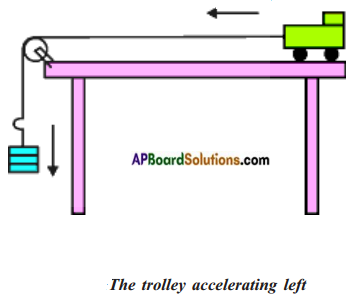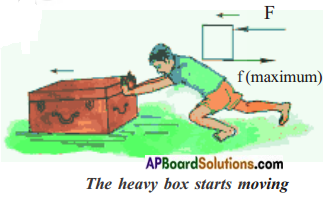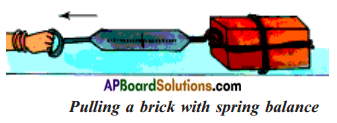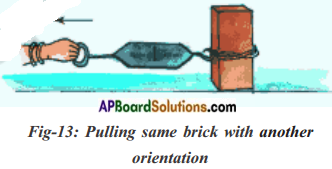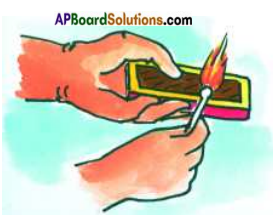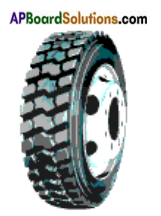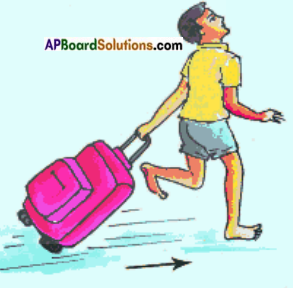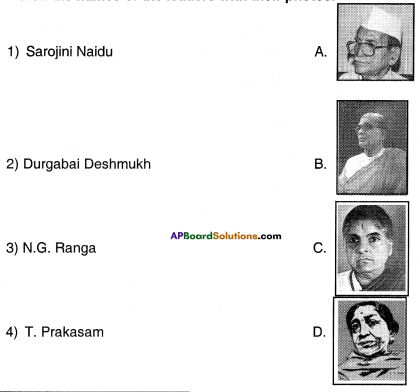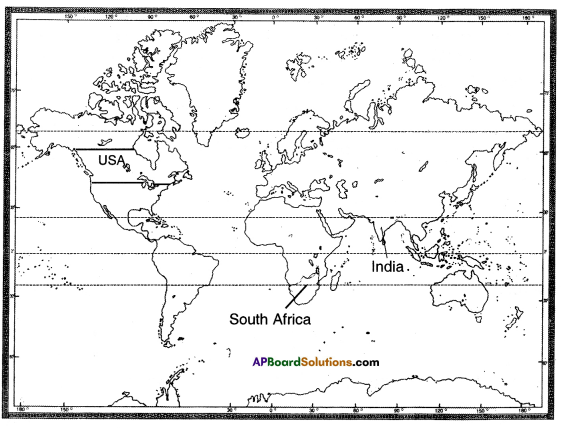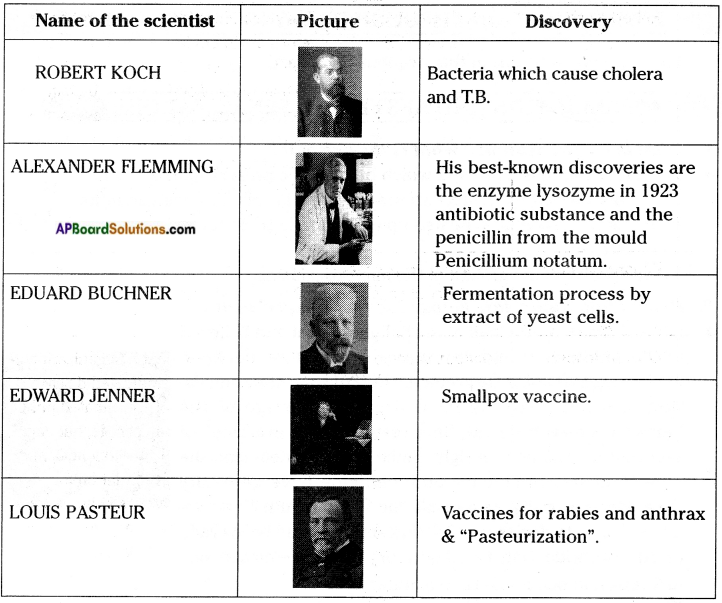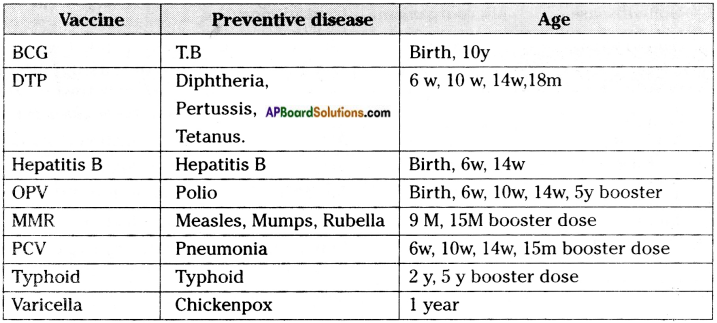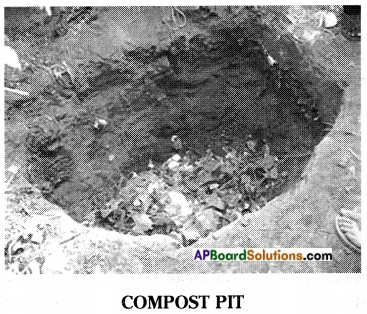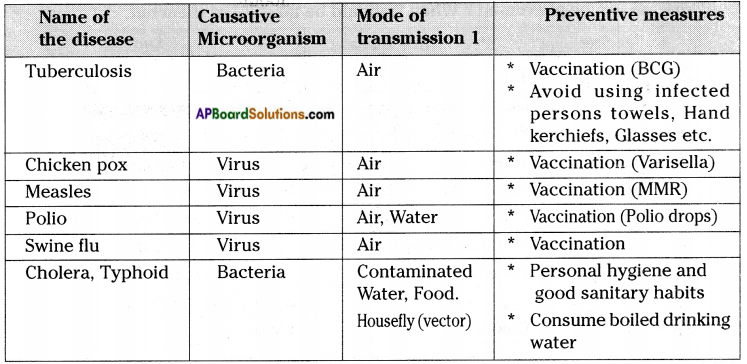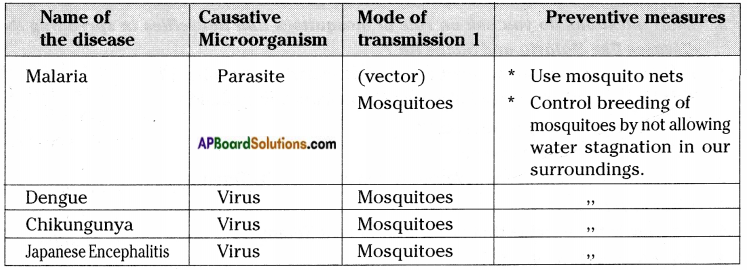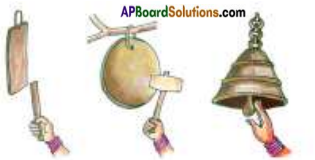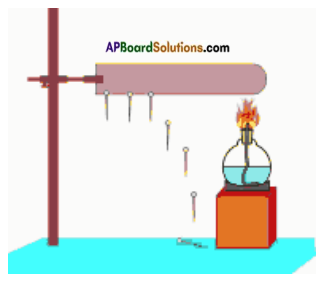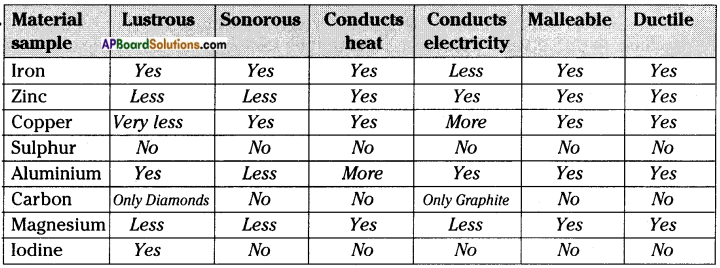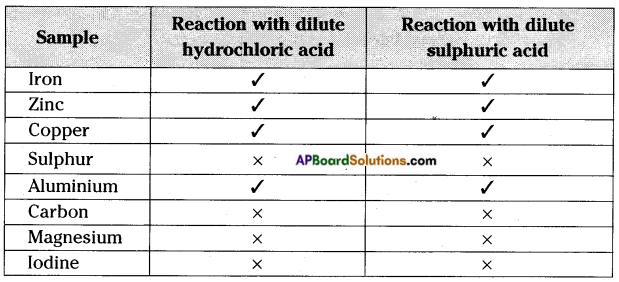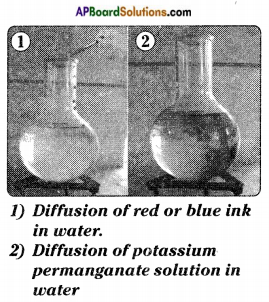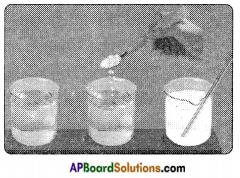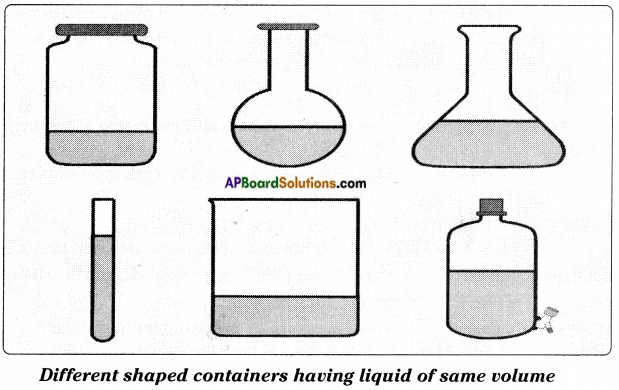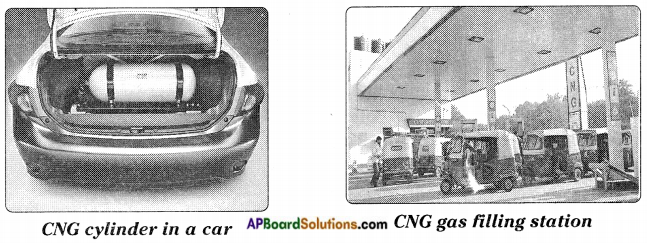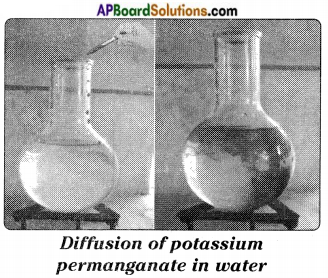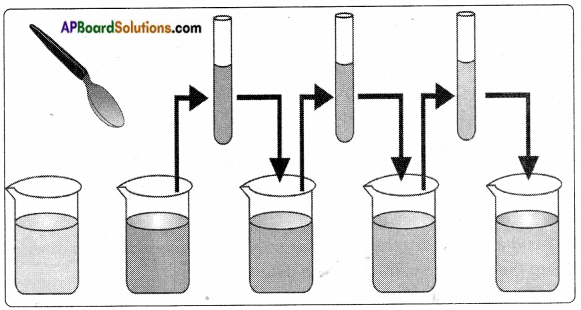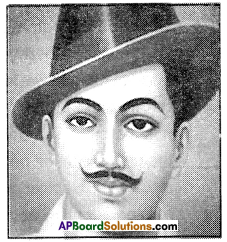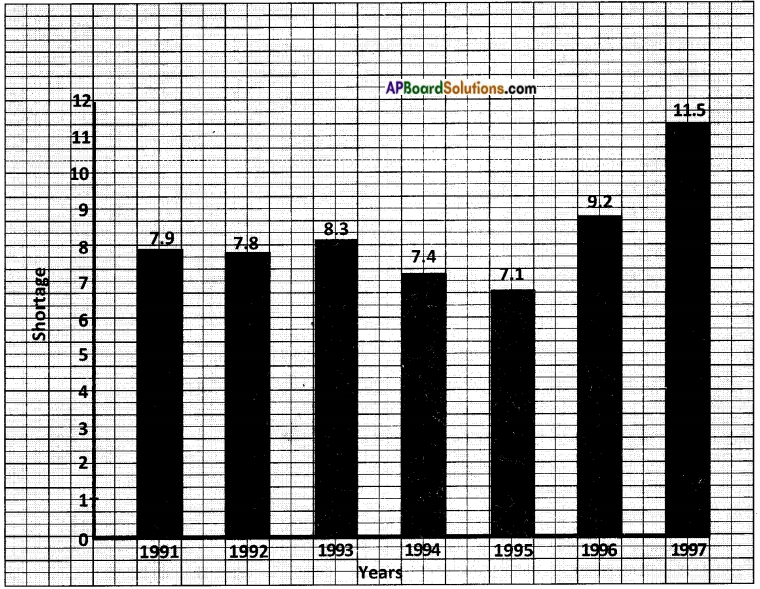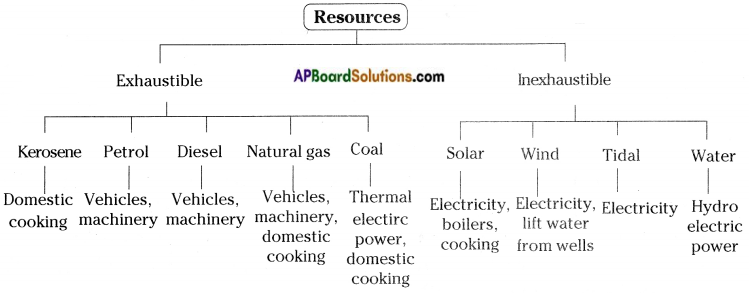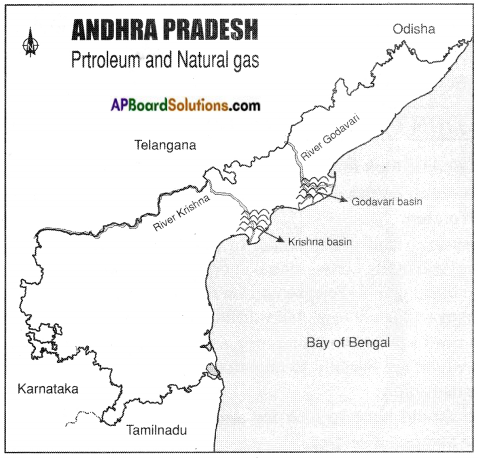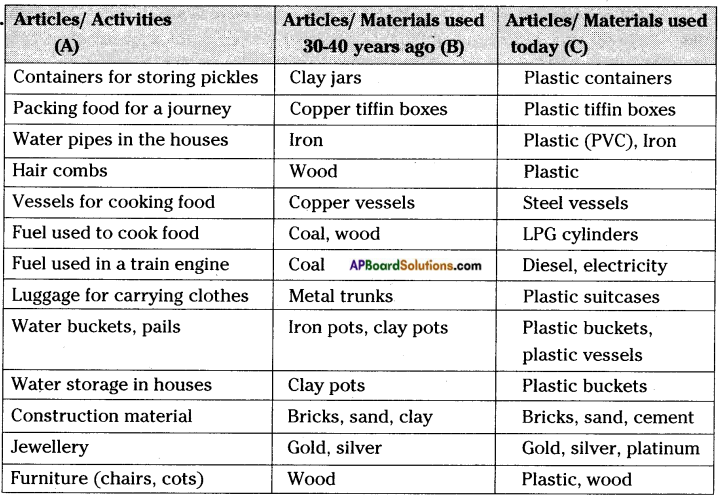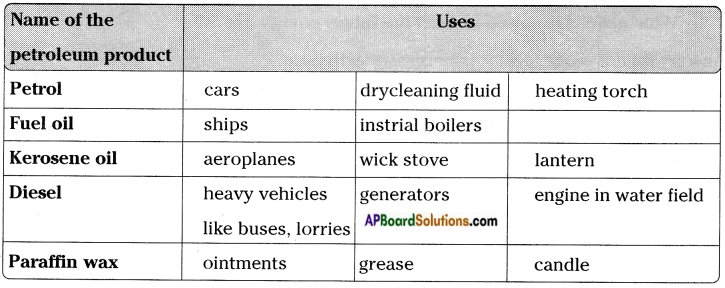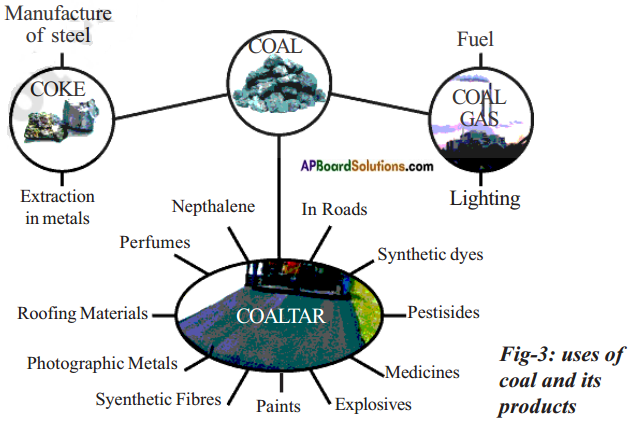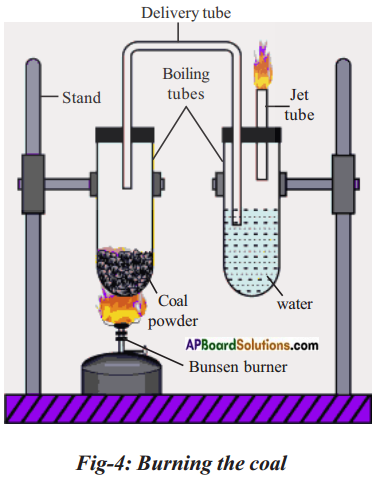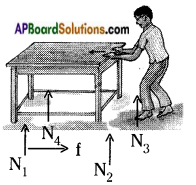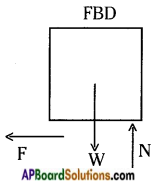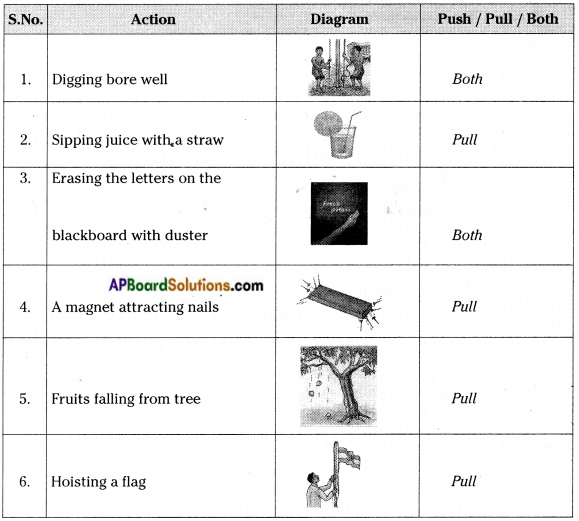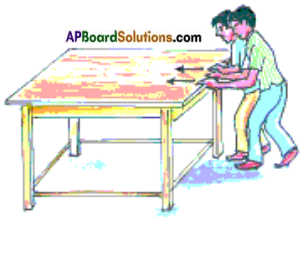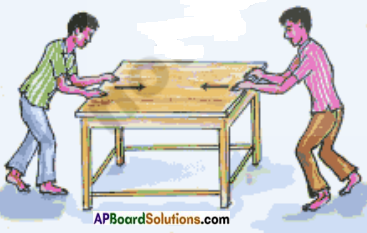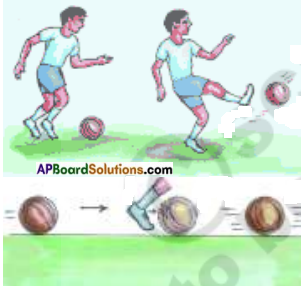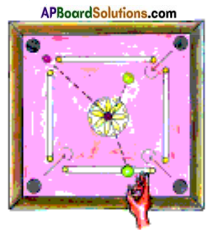SCERT AP Board 8th Class Social Solutions 3rd Lesson Earth Movements and Seasons Textbook Questions and Answers.
AP State Syllabus 8th Class Social Studies Solutions 3rd Lesson Earth Movements and Seasons
8th Class Social Studies 3rd Lesson Earth Movements and Seasons Textbook Questions and Answers
Improve your learning
Question 1.
Do you think there is any correlation between the crops grown in your region and the seasons? Find out by discussing with your eiders and friends and write a short essay on it.
Answer:
Ours is a small village Anther vedipalem in East Godavari district. In our area, we have 3 crop seasons – Kharif, Rabi and Zaid. The farmers cultivate paddy and maize in Kharif season. This season is upto October and November. Rabi is cultivated as winter crop. In Rabi also some cultivate paddy and some cereals. Duration of this season is upto March and April. After that some fruits and vegetables are grown in the Zaid season. In addition to these we have coconut plantations which give fruits throughout the year. Due to these reasons there is correlation between crops and seasons.
Question 2.
Why do you think Andhra Pradesh does not receive any snowfall during winter months?
Answer:
Snow forms in the clouds that are below freezing. Andhra Pradesh is in tropical belt. To get snow the temperatures in Andhra Pradesh are not enough cold. So Andhra Pradesh does not receive any snowfall during winter season.
![]()
Question 3.
We have a rainy season. How do you think it is related to the movement of the Earth and the pattern of Sun’s rays? Does it occur in the summer or winter or in the season in between?
Answer:
The seasons occur due to the revolution and the pattern of Sun’s rays. During summer the Sun’s rays fall straightly on our area. Then the air in the atmosphere gets heated and moves up by forming low pressure belt. The winds from high pressure belt from the Indian ocean blow to this area and give rains. We receive rains after summer and in the beginning of winter due to these seasonal winds-monsoons.
Question 4.
Collect information about time of Sunrise and Sunset for different months of the year in your place (you can look up the local newspaper for this). Calculate the duration of day and night- how many hours every day – for every month. Do you see any pattern in this?
Answer:
I have opted Kanyakumari in Tamilnadu for this project. It is famous for its sunrise and sunset.
| Date/Month | Sunrise | Sunset | Day time Duration | Night time Duration |
| 1/1/2015 | 06-33 | 18-13 | 11-40 | 12-20 |
| 1/2/2015 | 06-40 | 18-27 | 11-47 | 12-13 |
| 1/3/2015 | 06-33 | 18-31 | 11-58 | 12-02 |
| 1/4/2015 | 06-18 | 18-29 | 12-11 | 11-49 |
| 1/5/2015 | 06-05 | 18-29 | 12-24 | 11-36 |
| 1/6/2015 | 06-01 | 18-34 | 12-33 | 11-27 |
| 1/7/2015 | 06-06 | 18-41 | 12-35 | 11-25 |
| 1/8/2015 | 06-12 | 18-40 | 12-28 | 11-32 |
| 1/9/2015 | 06-12 | 18-28 | 12-16 | 11-44 |
| 1/10/2015 | 06-08 | 18-11 | 12-03 | 11-57 |
| 1/11/2015 | 06-08 | 17-58 | 11-50 | 12-10 |
| 1/12/2015 | 06-18 | 18-00 | 11-42 | 12-18 |
After thorough observation I came to the following conclusion.
* The duration of night time is more in the months from August to January. The duration of day time is more in the months from February to July.
![]()
Question 5.
Explain the idea of rotation of the Earth to your parents or sisters or brothers. Write down their questions or doubts and try to answer them.
Answer:
I explained the earth’s rotation to my brother and sister. I write down their doubts here under.
- Why does the earth rotate?
- What is the speed of the earth’s rotation?
- How can we prove the earth’s rotation?
- Why is the axis of earth tilled?
- What happens if earth stops its rotation?
Question 6.
Imagine that the Earth does not rotate but goes around the Sun around the year. What difference will it make to the seasons and distribution of temperature?
Answer:
The one portion of the earth which is infront of the sun would constantly get Sun’s heat and light and the other portion would remain cold and dark. This would make both portions unfit for life-the bright half would be too hot and the dark half would be too cold. This would happen if the earth did not rotate on its own axis.
Question 7.
Identify a country in the Temperate Belt in both Northern and Southern Hemisphere. Compare the seasons in those countries and your place. Which will be warmer in May- June and which will be cooler in December – January or in March or September Identify a country in the Temperate Belt in both Northern and Southern Hemisphere.
(OR)
Compare the seasons in those countries and your place.
Answer:
I have opted Russia in Northern hemisphere, Falkland Islands for this.
Moscow in Russia – It is located near 55.7558° N. latitude. The average temperatures are as follows.

Falkland Islands: It is extended from 51 °S latitude to 52°S. Latitude.

The seasons are quite opposite in both hemispheres.
Ours is Vijayawada in Andhra Pradesh. This is located at 16°5200 N. latitudes. Here April and May are famous for high temperatures. Winter season will be in December and January. When compared to Russia and Falkland Islands, the summer temperatures and winter temperatures are both higher than their summer temperatures. But the seasons in these three areas are more or less equal.
![]()
Question 8.
What are the six seasons of Indian climate?
Answer:
The six seasons are:
- Vasantham – Mid March – Mid May
- Greeshrnam – Mid May to Mid July
- Varsha – Mid July to Mid September
- Sarath – Mid September – Mid November
- Hemantham – Mid November – Mid. January
- Sisiram – Mid January – Mid March
Question 9.
Read the first paragraph of this chapter and answer the following question
Human beings live along with a large community of plants and animals. We can observe constant change in the course of the year – the flowering and fruiting of trees and plants changes in the animal activity in our surroundings. As months pass by you would have noticed that trees shed leaves, stand bare, new shoots come forth, they flower and fruit. You may have also noticed that in different times of the year you get different kinds of vegetables and fruits. In some months it is very hot and in some it is cold or wet.
“What is the impact of seasons on the lives of human beings ?”
Answer:
Human beings live along with a large community of plants and animals. We can find a constant change in the course of the year – the flowering and fruiting of trees and plants changes the animal activity in our surroundings. As months pass by, trees shed leaves, stand bare, new shoots come forth, leaves grew again they flower and give fruits. In different times of the year we get different kinds of fruits and vegetables. In some months, it is very hot and in some months, it is cold or wet.
8th Class Social Studies 3rd Lesson Earth Movements and Seasons InText Questions and Answers
![]()
Question 1.
Can you relate what are the major seasons you have seen? (Textbook Page No. 33)
Answer:
The major seasons I have seen are Summer season, Rainy season and Winter season.
Question 2.
Can you describe What happen in each -how hot it gets, how much it rains, what happens to the plants and trees and animals, what food you get to eat etc.? (Textbook Page No. 33)
Answer:
Summer season: The atmospheric temperature is too hot i.e., upto 45°C. At the end of this season sometimes it rains. Plants, trees, human beings, animals long for water, food and cool air. This season is famous for watermelons, mangoes and palm fruits etc.
Rainy season: Heavy rains occur during this season. But temperature varies between 30°C to 35°C. We can see greenery everywhere. Cattle are well with their abundant feed. They give us plenty of milk. Many types of vegetables and mushrooms are available.
Winter season: Cold is heavy in this season. Temperature varies from 25°C to 30°C. Even then nights are too cold. Animals also long for warmth. During this season cauliflower, tomato and grapes etc., are available in plenty.
Question 3.
Do you think the trees observed ¡n the pictures are same or different? (Textbook Page No. 33)
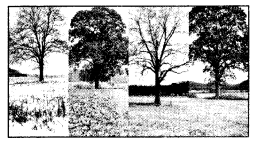
Answer:
They are same.
![]()
Question 4.
What are the changes you can see in the trees?
Answer:
- In the first picture it is covered by snow.
- In the second picture the same tree has fully grown leaves.
- In the third picture the same tree is sprouting leaves.
- In the last picture ripe red leaves are falling from the same tree.
Question 5.
Imagine that the Earth goes around the Sun but its axis is not tilted. How will it affect the change in seasons in Andhra Pradesh? (Textbook Page No. 37)
Answer:
This happens if the Earth’s axis is not fitted. Andhra Pradesh is in tropical belt. So the Sun rays fall straight on this area. If the axis is not fitted, there will be continuous temperatures and summer throughout the year on this area. Rainy and winter seasons may not be possible. Most probably the three seasons may come on every day.
Question 6.
How will it affect the change in seasons in the northern region whose photograph you saw in the beginning of the chapter? (Textbook Page No. 37)
Answer:
The photographs are different in different seasons. If the earth’s axis is not tilted, the northern most area on the earth may get freezed. We cannot find any vegetation there.
![]()
Question 7.
Find out if there is anyone in the class who has lived in distant places where the seasons are different. Get them to describe what happens there. (Textbook Page No. 33)
Answer:
In my class one student named ‘Atchyut’ came from ‘Dehradun’. He is staying with his grand-parents. His parents are in ‘Dehradun’. He told that the seasons there are entirely different from us. They have heavy winters. Let us listen to his words.
“My name is Atchyut. I came here from ‘Dehradun’ which is at the feet of the ‘Himalayas’. We feel sweat during summer, even though we have less temperatures. Rains are too heavy during the rainy season. Coming to winter season – wow! it is too cold. Hot water should be used for every task in daily life. Warm water is used for drinking. We feel sunlight only after 8 a.m. We must use inners, sweaters, mufflers, caps, socks, and gloves. But our area is very beautiful”.
Question 8.
Find out which country is called the ‘land of midnight Sun’ and locate it on the globe. Find out its latitude and compare it with the latitude of Andhra Pradesh. (Textbook Page No. 34)
Answer:
Norway is called “Land of Midnight Sun. Its latitude is 60.47°N. Some other countries like,
- Sweden -59.26°N.
- Iceland – 64.83°N.
- Lapland -67°N.
- Denmark – 55.72°N.
- Finland -62°43″N
- Alaska -61°18″N
- Russia – 54°82″N
- Yukon – 63.63°N
- Canada – 56°75″ N etc.
comes under this session also. Whereas Latitude as Andhra Pradesh is 80°E;
![]()
Question 9.
Look at the globe and find out the names of countries which are located to the south of equator. (Textbook Page No. 34)
Answer:
Asia: Indonesia, partly Maldives partly Sumatra.
Africa: Angola, Botswana, Burundi, South Africa, Tanzania.
Europe: No
North America: No
South America: Argentina, Chile, Bolivia
Australia: Australia, New Guinea
Question 10.
Did you find any continent which is located entirely to the North of the Equator ? (Textbook Page No. 34)
Answer:
Yes. They are Europe and North America.
Question 11.
Did you find any continent which is located entirely to the South of the Equator ? (Textbook Page No. 34)
Answer:
Yes. It is Australia.
Question 12.
Did you find any continent which is spread on both ideas of the North and South of the Equator ? (Textbook Page No. 34)
Answer:
Yes. It is Asia.
![]()
Question 13.
Can all the students of the class write down three questions regarding this magic of seasons? we will try to find answers for them. (Textbook Page No. 34)
a) What are the reasons behind the formation of seasons?
Answer:
Earth’s revolution and inclination of the axis are the reasons behind it.
b) In which season the earth tipped towards the sun? (A region)
Answer:
In summer season.
c) What happens if there are no seasons?
Answer:
No seasons, no life on the earth.
Identification of these countries on the globe: Self exercise
![]()
Question 14.
Find out if Andhra Pradesh is in the Tropical Belt or in the Temperate Belt. (Textbook Page No. 38)
Answer:
Andhra Pradesh is extended between 12°N to 19°N latitude (approximately). It is in Tropical Belt.
Question 15.
Will the Sun shine directly on our heads in Andhra pradesh during any month? If yes, in which month? (Textbook Page No. 38)
Answer:
The Sun’s rays fall straightly on Andhra Pradesh in the month of May.
Question 16.
Find out in which belt is Delhi and if it will get snowfall in winters. (Textbook Page No. 38)
Answer:
Delhi is located between 28°22″ N. latitude and 28°54″ N. latitude. It is in Temperate Belt. It records low temperatures but there is no snowfall.


